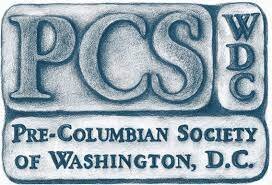Teotihuacan was the largest city in the Americas during its apogee (ca. 1-600 CE) and is justifiably famed today as one of the most visited archaeological sites in the world, with millions of tourists climbing its pyramids every year. Although the pyramids are impressive, so to is the fact that almost the entirety of the city’s population lived in multi-family apartment compounds—a form of urban settlement that seems to have been unique in the premodern world. Investigations of apartment compounds outside of Teotihuacan’s monumental core therefore show us what life was like for most Teotihuacanos, including their domestic lifeways and how they structured their diverse neighborhoods. Recent work in the Tlajinga district, located in the southern periphery of the city, has revealed that the city’s non-elites had access to a wide range of resources, including items previously thought to have had a more restricted distribution in the city, and to have enjoyed local social infrastructure of well-made and elaborately decorated neighborhood centers. These findings illuminate understanding of Teotihuacan’s broader social organization and more muted social inequality.
David Carballo is Professor of Anthropology, Archaeology, and Latin American Studies at Boston University, where he also serves as Assistant Provost for General Education. He earned his PhD in Anthropology from UCLA and has authored or edited six books and published over sixty journal articles and book chapters. His most recent book, Collision of World: A Deep History of the Fall of Aztec Mexico and the Forging of New Spain (Oxford, 2020), covers the transatlantic encounter of five centuries ago between Mesoamericans and Spaniards that culminated in the Aztec-Spanish war and its aftermath of colonial New Spain and the global world order those events created.

